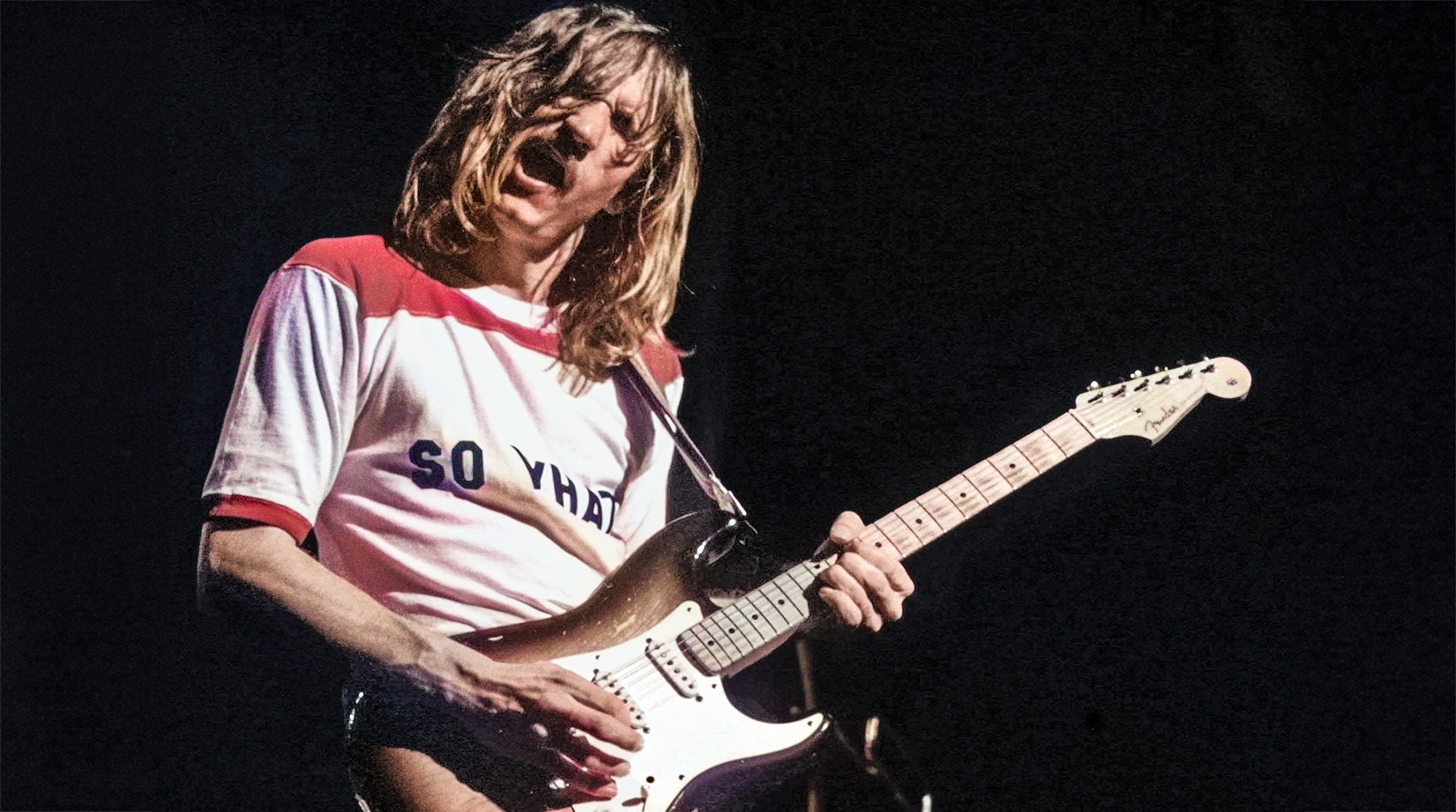“I’ll have Frankenstein, my wife, and we’re good.” Wolfgang Van Halen says he kept Eddie Van Halen's Frankenstein in his car and ready to go at a moment's notice during the “doomsday” L.A. wildfires
He was ready to evacuate, but not without his dad’s most famous guitar
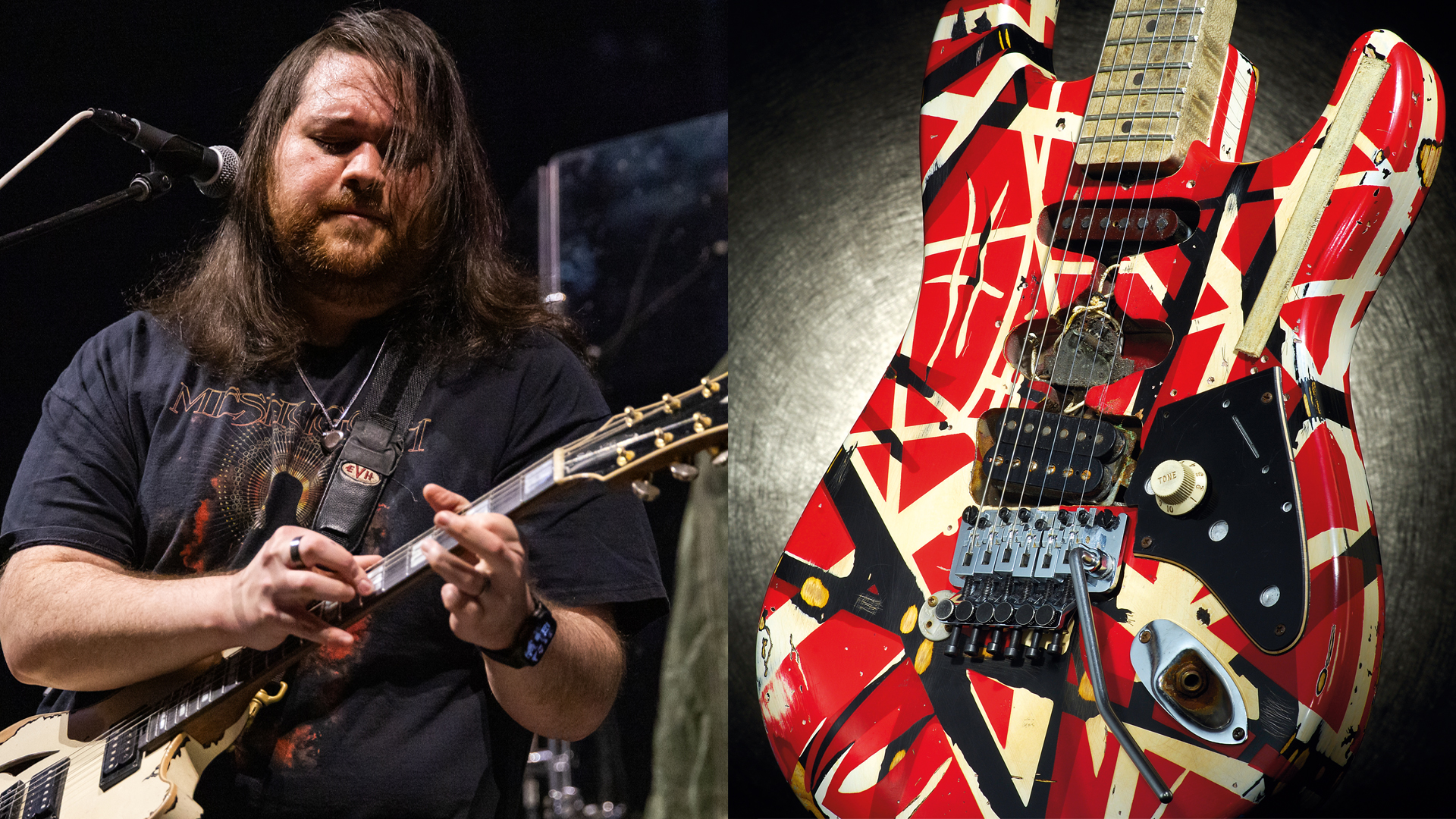
The wildfires that swept through Los Angeles in January 2025 had a devastating impact on the city. More than 200,000 people were forced to evacuate, and over 18,000 homes and structures were destroyed as the fires spread across over 520,000 acres of land.
That left a score of musicians having to make some difficult decisions about their gear, and Wolfgang Van Halen was among them as he watched the fires get closer to his father’s legendary 5150 Studios.
In such testing moments, however, you soon learn what really matters to you. For the Mammoth bandleader, there were only two things he couldn’t bear the thought of losing.
“I thought, I’ll have Frankenstein and my wife, and we’re good,” he says in a new interview with Premier Guitar (via Guitar.com).
He’s talking, of course, about the Frankenstein Strat that his father built between 1977 and 1981. It was the result of Eddie Van Halen craving a guitar that blended Gibson tonalities with Stratocaster functionality.
It's the same electric guitar Wolfgang used to track some parts from Mammoth’s 2025 single “The End,” saying that it “makes me feel closer to Pop.”
To ensure the guitar's safety during the fires, he kept it in his car for three weeks, in case he ever needed to hotfoot it to safety.
All the latest guitar news, interviews, lessons, reviews, deals and more, direct to your inbox!
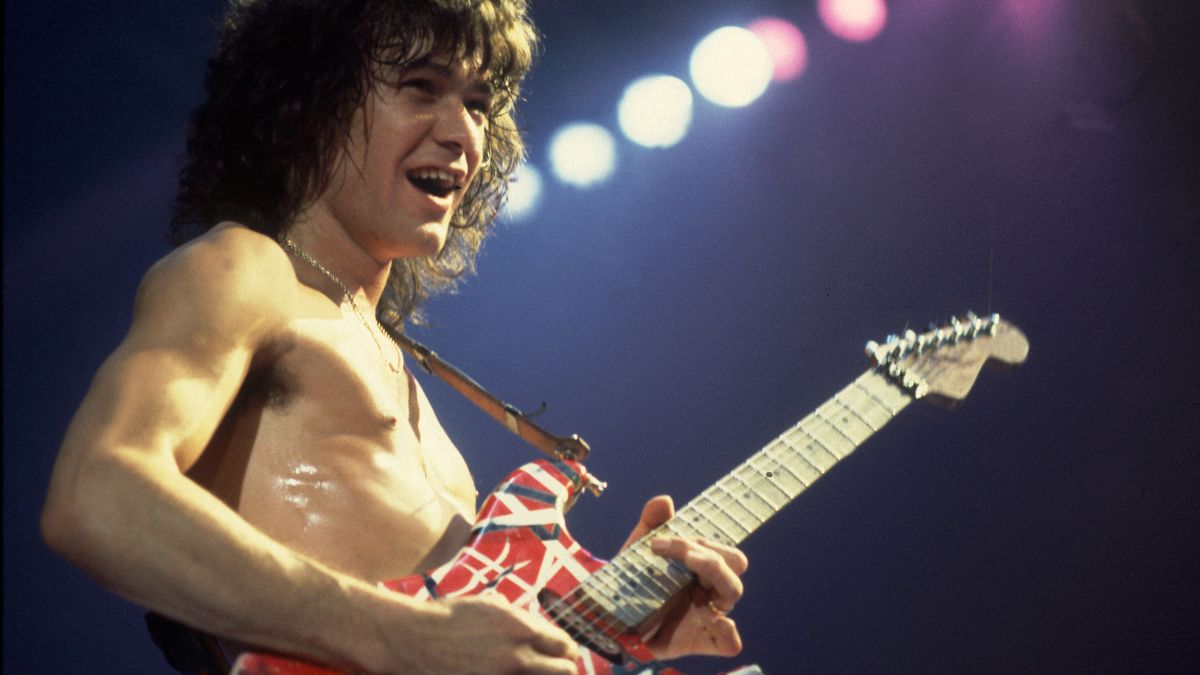
“We had a U-Haul filled with whatever else we felt was worth saving, which was very tough,” he adds. “Luckily, it didn’t come to that, but it was a traumatizing time we’re still working through.”
“That’s where most of the anxious, doomsday energy in the lyrics [of ‘The End’] comes from. I couldn’t focus on my things.”
That’s where most of the anxious, doomsday energy in the lyrics [of ‘The End’] comes from
Wolfgang Van Halen
He goes on to say that he embraced a darker, rawer sound on the track as he continues to both celebrate his family’s musical legacy and not be defined solely by it.
“In comparison to how I was on the first album, which was very reserved, guitar-wise, I’m starting to worry less about what people think and what people say,” he says. “[‘The End’] has a rawer vibe, and I was happy to keep the rough edges for people to feel like they’re in the studio with me.
“From the beginning, I’ve tried to stand out as my own person, without all of the bullshit that comes with the name and the controversies and everything that’s come before me. It’s just nice to be able to be judged for the music itself, rather than what people think or say about me.”
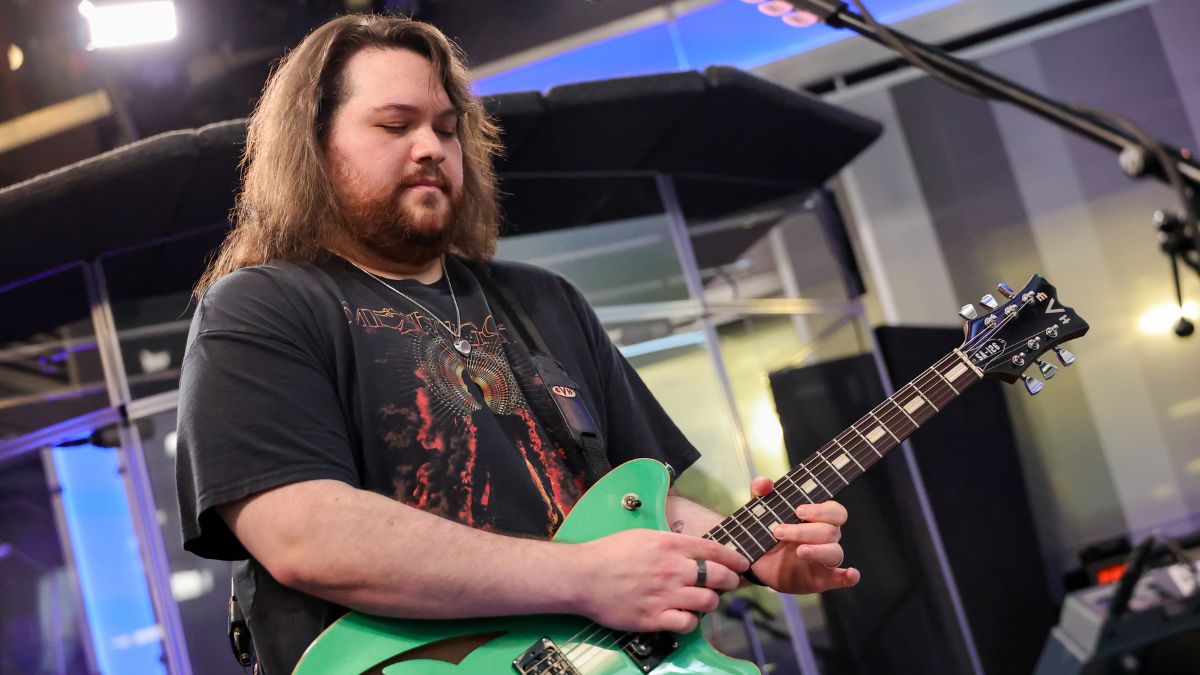
In another corner of L.A,. Joe Bonamassa's Nerdville home/museum was in danger of succumbing to the wildfires too, prompting him to evacuate as much priceless gear as he could while accepting that “my lifetime of work is not in my hands anymore.”
“It’s something I’d care not to go through again, but a lot of people lost everything, so I consider I’m one of the lucky ones,” he would later tell Guitarist. “A friend and I were able to get all the big stuff out.
“The Flying Vs, there were nine sunburst Les Pauls at the house at that time, a fancy Martin, the Broadcaster... all the big stuff went. We only had one shot, and it was like, I think, 55 guitars and a Dumble and a Trainwreck [a legendary and uber-rare, wooden shell amplifier built by the late Ken Fischer].”
The rest was at the mercy of fate and the flames.
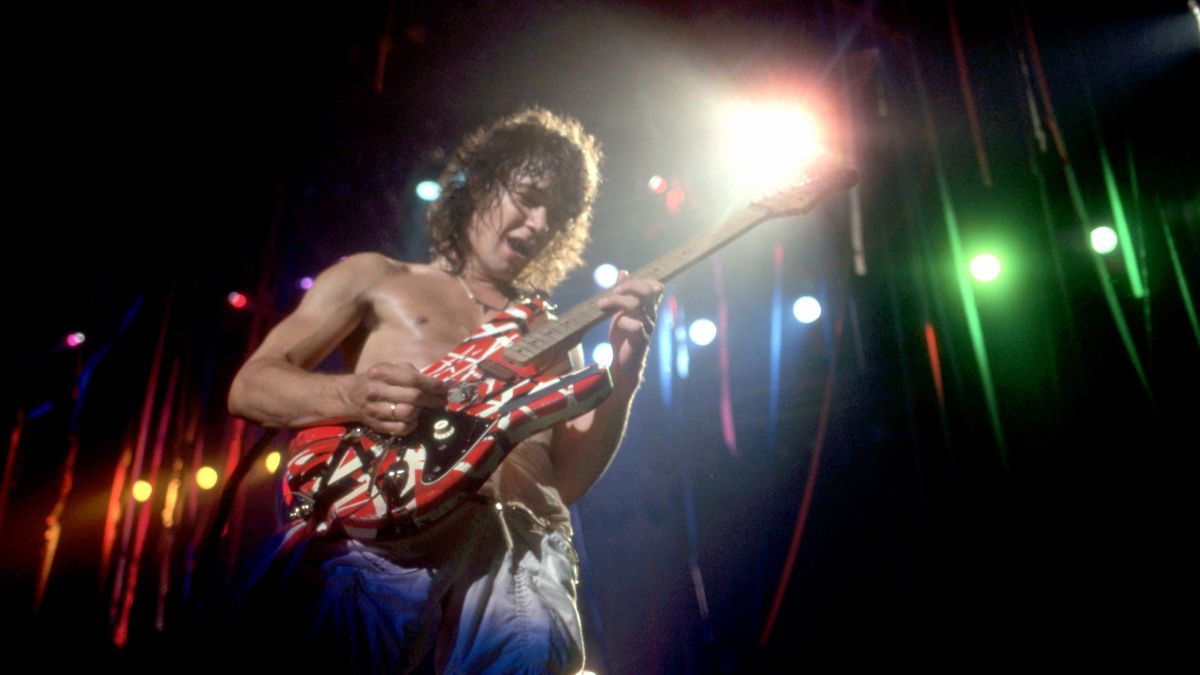
Meanwhile, a free-to-watch documentary about Eddie Van Halen’s Frankenstein and his wider, unrelenting passion for modding guitars was released last year. It was pieced together using interviews from Eddie, the band, and those around him, and it digs deep.
In his own words, it recounts how his first retrofit was of a Univox 12-string guitar. From there, modding became a fascination.
“I liked the guitar,” he said, “but it had 12 strings. I didn't want 12 strings, I wanted six, so I asked the guy, ‘Can I take six strings off and try it?’ and the guy goes, ‘No, but if you buy it, you can do whatever you want.’ So I bought it, took six strings off, and loved it.”
A freelance writer with a penchant for music that gets weird, Phil is a regular contributor to Prog, Guitar World, and Total Guitar magazines and is especially keen on shining a light on unknown artists. Outside of the journalism realm, you can find him writing angular riffs in progressive metal band, Prognosis, in which he slings an 8-string Strandberg Boden Original, churning that low string through a variety of tunings. He's also a published author and is currently penning his debut novel which chucks fantasy, mythology and humanity into a great big melting pot.

